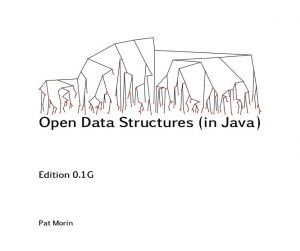
Modularity: If any problem is given and we can break that problem into small-small modules or small-small steps, which is a basic definition of an algorithm, it means that this feature has been perfectly designed for the algorithm.

The following are the factors that we need to consider for designing an algorithm: Step 4: Add the values of a and b and store the result in the sum variable, i.e., sum=a+b. Step 2: Declare three variables a, b, and sum. The following are the steps required to add two numbers entered by the user: We will write an algorithm to add two numbers entered by the user. Now we will look an example of an algorithm in programming. An algorithm also says that each and every instruction should be followed in a specific order to perform a specific task. We cannot perform the step 3 before the step 2, we need to follow the specific order to make lemon juice. The above real-world can be directly compared to the definition of the algorithm. Step 6: Store the juice in a fridge for 5 to minutes. Step 5: When sugar gets dissolved, add some water and ice in it. Step 4: Stir the container until the sugar gets dissolved.

Step 2: Squeeze the lemon as much you can and take out its juice in a container. Step 1: First, we will cut the lemon into half. Suppose we want to make a lemon juice, so following are the steps required to make a lemon juice: Let's understand the algorithm through a real-world example. If the problem can be easily broken into smaller steps means that the problem is feasible.


We can pass 0 or some input value to an algorithm. Input: An algorithm has some input values.The following are the characteristics of an algorithm:
DATA STRUCTURES IN JAVA TUTORIAL CODE
It is not the complete program or code it is just a solution (logic) of a problem, which can be represented either as an informal description using a Flowchart or Pseudocode. The formal definition of an algorithm is that it contains the finite set of instructions which are being carried in a specific order to perform the specific task. Next → ← prev DS Algorithm What is an Algorithm?Īn algorithm is a process or a set of rules required to perform calculations or some other problem-solving operations especially by a computer.


 0 kommentar(er)
0 kommentar(er)
